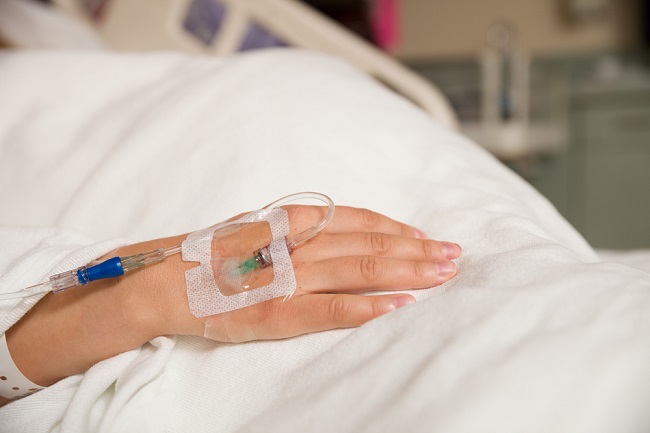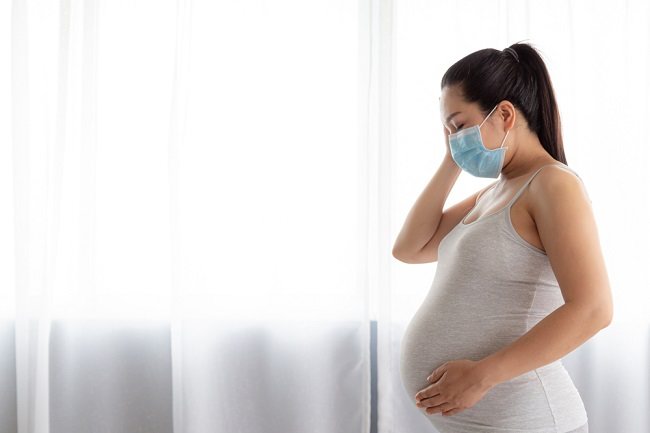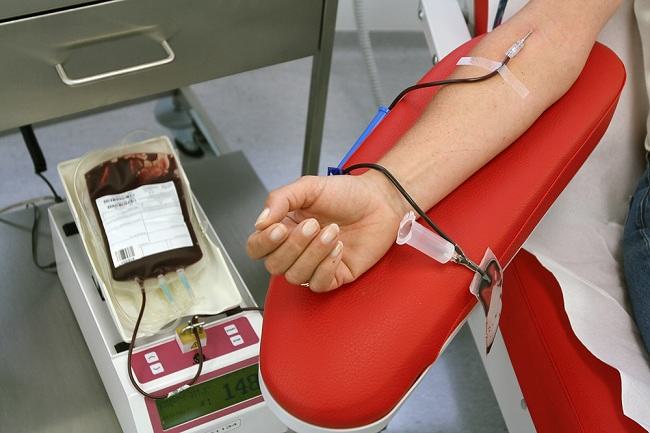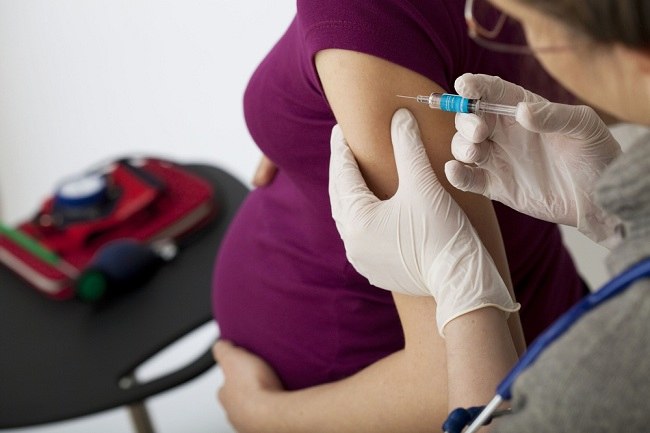Low blood pressure in children oftentimes do not show typical symptoms. However, This condition should be suspected if your little one often feels dizzy and gets tired quickly after playing or doing certain activities.
In children, hypotension can be a dangerous condition if accompanied by complaints of dizziness and tiredness, weakness, nausea or vomiting, blurred vision, or fainting.

Normal blood pressure in children is different from adults. In children, normal blood pressure is distinguished by age, namely:
- Children aged 1-2 years ranged between 90-100 mmHg systolic and 60 mmHg diastolic.
- Children aged 3-5 years ranged between 90-105 mmHg systolic and 60-70 mmHg diastolic.
- Children aged 6-9 years ranged from 95-105 mmHg systolic and 60-70 mmHg diastolic.
- Adolescents aged 10-15 years ranged between 110-120 mmHg systolic and 70-79 mmHg diastolic.
A child can be said to have low blood pressure or hypotension when the blood pressure is below 90/60 mmHg. To determine the value of a child's blood pressure, it is necessary to check the blood pressure using a special tensimeter for children.
Various Causes of Low Blood Pressure in Children
Low blood pressure in children can be caused by various factors, namely:
1. Lack of fluid intake
The density of children's activities often makes them forget to drink water. Lack of fluid intake can cause your little one to become dehydrated and trigger a drop in blood pressure. In addition to not drinking enough, dehydration can also be caused by diarrhea, fever, and vomiting too much.
2. Lack of nutritional intake
Lack of intake of nutrients, such as iron, vitamin B12, and folate (vitamin B9), can prevent the body from producing enough red blood cells. In fact, red blood cells have an important role to carry hemoglobin throughout the body.
Hemoglobin is a protein in the blood that contains oxygen. Without sufficient oxygen in the blood, the body's organs are not able to function properly, so the body will experience anemia. Anemia in children can cause low blood pressure.
3. Orthostatic hypotension
When the child makes a movement or changes body position quickly, for example from a sitting position then immediately stands up or vice versa, blood pressure can drop suddenly.
This decrease in blood pressure due to changes in posture and body movements that are too fast is called orthostatic hypotension. If you experience this condition, your little one may feel dizzy for a few seconds to a few minutes.
4. Hot air conditions
Low blood pressure in children is also caused by air that is too hot, especially if he is in a crowded and crowded environment. The condition called heat stroke this can happen when children play or exercise outside in hot weather.
5. Abnormalities in the adrenal glands
The adrenal glands are small glands that sit above the kidneys. Although small, this gland has great benefits and functions for the body.
This gland produces the hormone cortisol, which is a hormone that plays a role in reducing the risk of inflammation in the body, increasing blood sugar, controlling stress, producing energy, and regulating blood pressure.
If the child's adrenal glands are impaired, their blood pressure will also be disturbed.
6. Severe infection or sepsis
Sepsis is a dangerous complication caused by an infectious disease. This condition can make blood pressure drop drastically or shock, causing damage to various organs of the body. Sepsis that is not treated immediately can lead to fatal complications that can be life-threatening.
7. Heart problems
Heart disorders, such as arrhythmias, heart failure, and congenital heart disease, can also be a cause of low blood pressure in children. This condition makes blood not flow smoothly to all parts of the body.
As a result, the organs and tissues of the body will be deprived of oxygen. This condition can make children weak, easily tired, and short of breath.
By knowing the causes of low blood pressure in children and their symptoms, you can be aware of and detect this condition early. If the child looks very weak, faints, has shortness of breath, heart palpitations, seizures, or signs of shock, immediately take him to the ER or to the pediatrician to get treatment as soon as possible.









